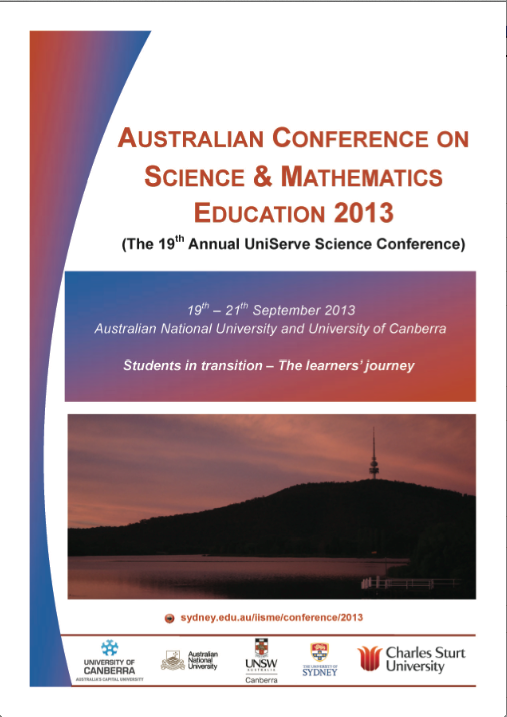Australian students transitioning through the “lost year” of higher education
Abstract
The Issue Student transitions through university have previously focussed on the move into first year (retention and success strategies) from high school or out of university into the workforce (with career readiness and employability). However, second year transitions have only recently begun to attract attention as an area where students may experience hurdles which impact on their progression and overall degree experience and success. Evidence from Australian universities to date has shown similarities between Australian and International second year science cohorts in their thriving behaviours and their risk of academic slump (Loughlin et al, 2013; Gregory & McDonnell, 2012) Previous success strategies have looked at initial transition into second year (McBurnie et al, 2012, Harrison, 2007) or an embedded support strategy (Quinlavan, 2010). However, a more holistic approach to second year transition using multiple interventions is more likely to demonstrate long-term impact on student transition and success. There is also a need to gather more evidence of the “sophomore slump” within Australian institutions and to work collaboratively to achieve this. Approach Currently at Griffith University in the School of Biomolecular & Physical Sciences multiple aspects of engagement scheme has been implemented across all year levels. However, in second year, identifying and reflecting on individual student cohort challenges and providing support as appropriate is being trialled. Elements of both curricular and co-curricular in activities are incorporated, staff awareness is being developed and the entire process is being overseen by a second year student co-ordinator. At James Cook University initial interest has been cultivated with early adoption of identification of second year challenges specifically in the Faculties of Health and Arts/Education. At Deakin University a successful re-introduction activity for second year students has been hosted for several years and uptake of the Thriving Quotient survey will occur in 2013. At University of South Australia early interest in second year student transitions has developed from first year activities with initial evaluations being conducted. Development of a cross-institutional OLT submission for 2014 that looks at both gathering more evidence of slump using a triangulated data approach and then investigating and evaluating activities that will potentially reduce the impact slump may have on persistence and progression.Downloads
Published
2013-09-23
Issue
Section
Ideas Exchange
